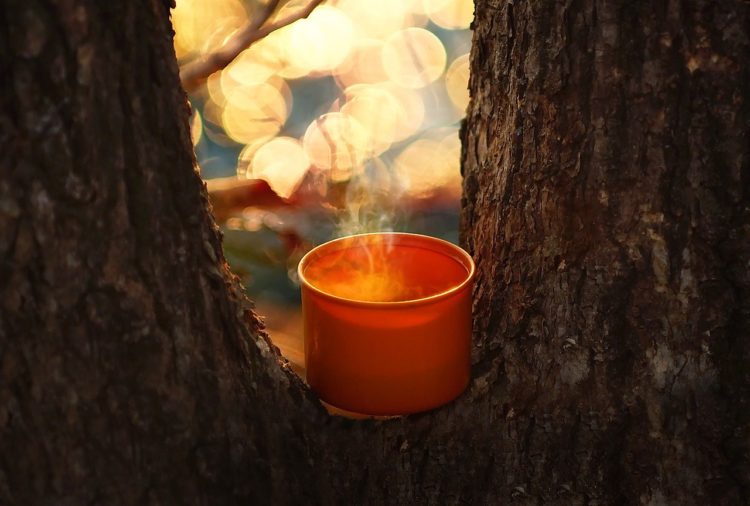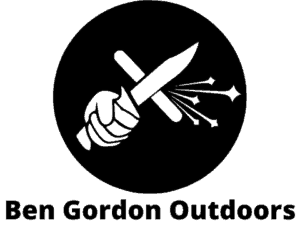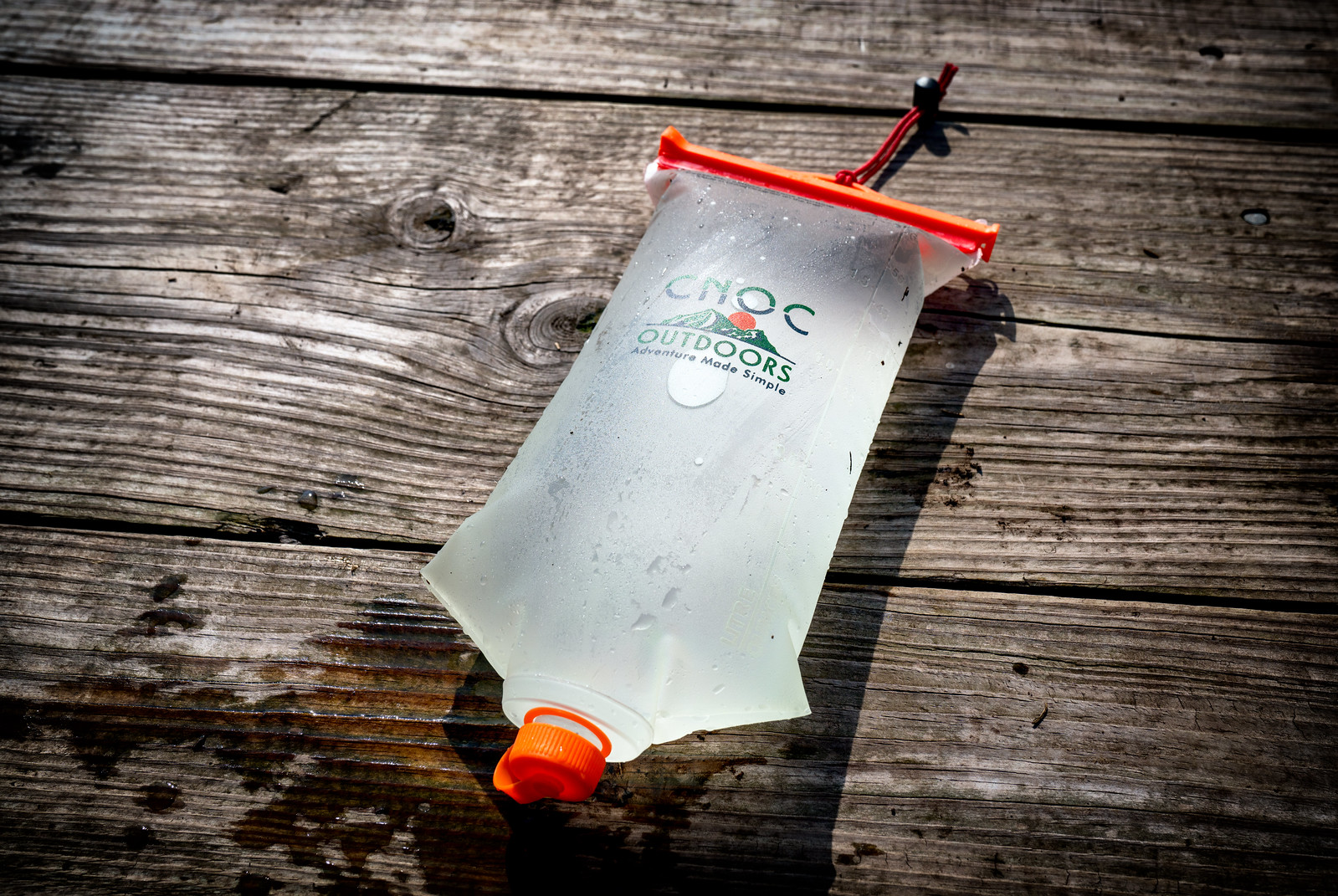Many backpackers, survivalists, and other outdoorspeople mistakenly believe that the terms ‘filtration’ and ‘disinfection’ are interchangeable. This misconception can easily lead to discomfort while traveling, or can even turn deadly in the deep backcountry.
Filtration is the act of straining out suspended solids in drinking water, whereas disinfection is inactivating pathogenic microbes. Not all disinfection techniques will inactivate all pathogens, and solids smaller than the pores of a filter can slip through.
This is one area where my background as a Professional Engineer (in two states) with a secondary specialty in water treatment informs my opinions much more than my time as a camp counselor.
Table of Contents
Improvised Filtration
Here’s a video demonstrating what these improvised filters generally look like. Always, always, ALWAYS disinfect any water filtered with something makeshift like this.
Improvised field filters simply won’t get the microbes out, no matter how well constructed they are. Even with the aid of flocculants, I wouldn’t count on anything constructed makeshift to do the job without some disinfection. That being said, a good commercial 0.1 micron filter IS fine enough to pull out most of your microorganisms, save viruses
Trying to filter out small pathogens like cryptosporidium (0.006 mm) with even the finest of sands (0.075 mm) is every bit as effective as trying to use soccer balls (220 mm) to strain out large sand (1 mm).
That’s not to say that they’re worthless though. Improvised sand filters can easily remove sediment and other suspended solids, greatly improving the aesthetics of the water. Sediments can make you sick in their own right, so minimizing their consumption is a plus. Clear water is much easier to disinfect as well, so it does pay to filter.
The most common backwoods filtration system you’ll find online these days consists of a two-liter soda bottle with the bottom cut off, packed with grasses and twigs at the bottom, then a layer of charcoal, followed by gravel, and on up to progressively finer sands.
Filters can also be constructed as a series of cloths filled with each layer of filter media suspended from a tripod.
Filters like these can do a great deal to clarify water, and also attempt to make some use of absorption in the charcoal. Do note that charcoal from a campfire is not activated charcoal, the preferred absorption media. More on adsorption in its chapter later (join the email list for updates when that chapter drops!).
An often overlooked filtration method, dating back at least as far as biblical times, is riverbank filtration. Given an appropriately sandy soil type, the banks of the river can be used to filter out sediment and suspended solids.
Riverbank filtration only takes digging a hole a short distance from a body of water, and allowing the water to percolate up into the hole and settle. Just like kids do at beaches everywhere. After a short break-in period, the water in the hole will be cleaner and clearer than that in the river itself.
Both of these improvised methods do improve the water quality, but remember not to jump straight to drinking this improved water. It’s better than direct from the surface water source, but can still be crawling with enough water to make you sick for weeks. If at all possible, disinfect this water next.
Disinfection
Water that looks crystal clear can easily harbor a number of pathogenic contaminants, undetectable to the unaided eye. In fact, surface water sources accessible to the survivalist are likely crawling with diarrhea-causing organisms almost anywhere in the world.
Luckily inactivating these pathogens is not necessarily difficult. There are three typical ways to kill off harmful microbes: chemical, heat, and radiation (usually ultraviolet).
Do bear in mind that disinfection is only effective at removing microorganisms. It does not help to remove any other sort of contaminant.
Chemical Disinfection
Chemical disinfectants have long been popular with backpackers, the military, and survivalists. Often associated with a strong taste and/or smell, chemical disinfectants have another lesser-known detrimental effect – they produce carcinogens as a byproduct of infection.
Trihalomethanes, known carcinogenic material, are produced as a result of iodine, chlorine, or bromine ripping organic material apart and bonding with it. This is why many municipal water supplies are disinfected by other means, though in the US the risk of Legionnaires and other harmful pathogens infiltrating the distribution system is viewed as the more urgent risk, so a chlorine residual is required by law.
Iodine tablets, known for their awful taste, have been a fixture in survival kits or decades, but they’re starting to be replaced with much more palatable chlorine dioxide tablet products.
Some survivalists and preppers stockpile bleach as a potentially very dangerous method of disinfection, using a small dose per gallon. Seek expert guidance on this method if you are interested, as there is great potential for lethal error if this method is used carelessly, and I do not personally know nearly enough about it to render any specific advice.
Heat Disinfection

Boiling water will kill off any pathogens present, end of story. In fact, almost everything living in your water will be dead by the time it hits about 170 degrees Fahrenheit, but bringing it to a rolling boil is a great safety factor.
Boiling water can seem an imposing task without metal or glass cookware, but it doesn’t have to be. The temperature of liquid water cannot exceed its boiling point, and neither can anything thin in direct contact with liquid water. This means paper, plastic that has a higher melting temperature than 212 degrees Fahrenheit (including disposable water bottles), or even bowl-shaped leaves are all viable containers to boil water over an open fire.
Thicker containers can be used as well, though unfired ceramic and thick wood won’t handle direct flames well. Here, a good supply of rocks and some sticks to be used as tongs solve the problem. Heat rocks in a fire, and scoop the hot rocks into your water container. Water takes more energy to heat than rocks, so expect to use a lot of rocks to heat a little water.
Water can also be pasteurized to render it safe. Pasteurization makes use of lower heats for longer times to cook the pathogens to death. According to research by Ciochetti and Metcalf, 150 degrees Fahrenheit for six minutes will kill all pathogens as well.
In warm climates, a dark container left in the sun can easily heat water hot enough to pasteurize, even if turbidity prevents the use of the next technique.
Ultraviolet Disinfection
Radiation is extremely effective at inactivating pathogens in clear water. The water must be colorless and free of suspended solids to allow radiation full access to the pathogens throughout the entire water column. Given that most of us don’t carry a radiation source, ultraviolet light from the sun is the radiation disinfectant of choice. Industrial ultraviolet lights are used to disinfect water in many municipal systems, but the sun can serve as another source.
Solar disinfection is widely recommended in third-world countries. The most common method is to fill clear two-liter soda bottles with clear water, toss them on the roof of a hut (or other area with a good long view of the sun) and retrieve them eight hours later. Industrial UV disinfection is much faster, but has a stronger ultraviolet source.
Natural containers, from clay bowls to shallow depressions in stones, can be used for solar disinfection as well. Don’t go deeper than 3” or so. If the water gets too deep, the ultraviolet waves will not be able to penetrate deep enough, and infected water could remain in the bottom.
A variety of ultraviolet water treatment options are available commercially for backpackers and survivalists, like the SteriPen Classic are available for insertion into water bottles.
What’s Next?
For more info on water treatment in general, check out my article Is Filtering Water Enough, and What if I Don’t Have a Filter?.
This article is an adaptation of a portion of my new book on water treatment for campers and survivalists. Click Here to view the full book, available in eBook or paperback formats, on Amazon.


